1. No Instant Messaging, Just Landline Phones

Kids today are used to the luxury of texting or instant messaging, but in the ’80s, communication meant picking up a landline phone. There was no calling or texting your friend at any time of the day without making sure your parents weren’t on the line. Imagine trying to have a private conversation when someone could easily pick up the other phone and listen in. You had to wait for your parents to get off the phone before you could even make your call says CNET.
And then there was the wait for the actual phone to ring. If you missed a call, there was no voicemail to save you. You had to rely on friends calling back, hoping you were home to catch them. It’s a whole different world now where we’re constantly accessible with just a tap on our phones.
2. Tape Decks and Cassettes
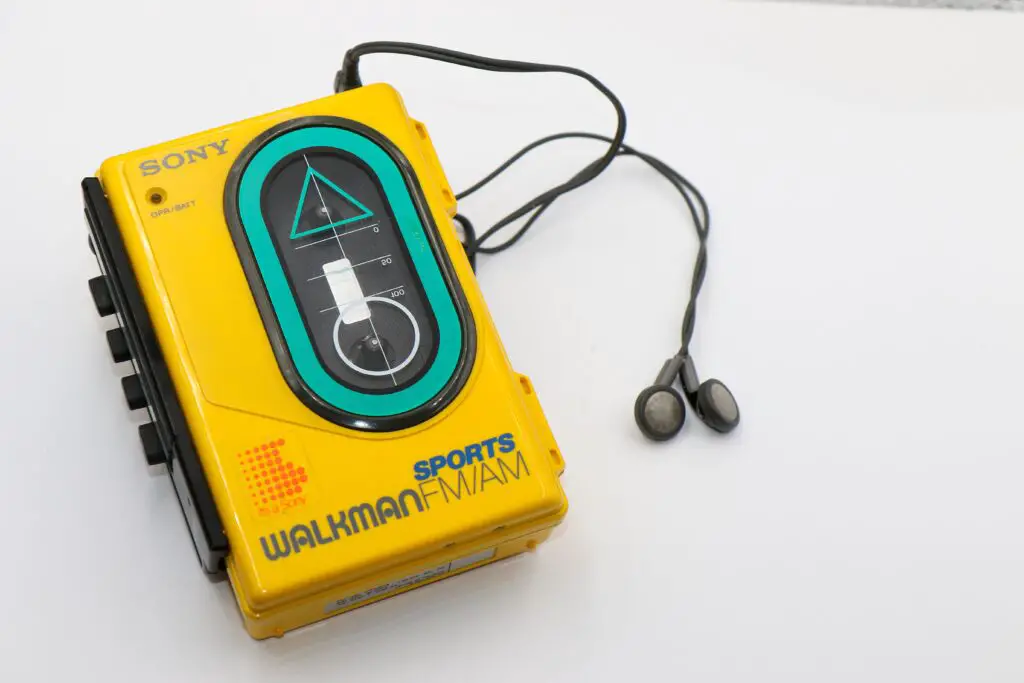
For music lovers in the ’80s, a cassette tape was the ultimate playlist. If you wanted to make a mix, you had to record it yourself from the radio, hoping you didn’t miss the first few seconds of your favorite song. And if you wanted to change the track, you had to hit rewind or fast forward, manually waiting for the tape to move adds WIRED.
What’s even crazier is when tapes would get “eaten” by the cassette player, and you’d have to pull out the tangled mess with a pencil to rewind it. There was no “skip song” option like on streaming services today. Each tape had a limited number of times it could be played before it started to sound like a distorted mess.
3. No Google—Just Encyclopedias

Homework in the ’80s didn’t involve a Google search. Instead, students had to rely on dusty encyclopedias that took up half the bookshelf. Finding information wasn’t as instant as it is now—you’d flip through pages, hoping to stumble upon what you needed, often leading to frustration and wasted time says the New York Times.
Plus, if you needed an answer quick and didn’t have a specific book or resource, you were out of luck. Teachers didn’t provide laptops or tablets either. You had to put in the effort, learning how to research the “old school” way, which sometimes meant asking your parents for help.
4. No GPS—Just Paper Maps
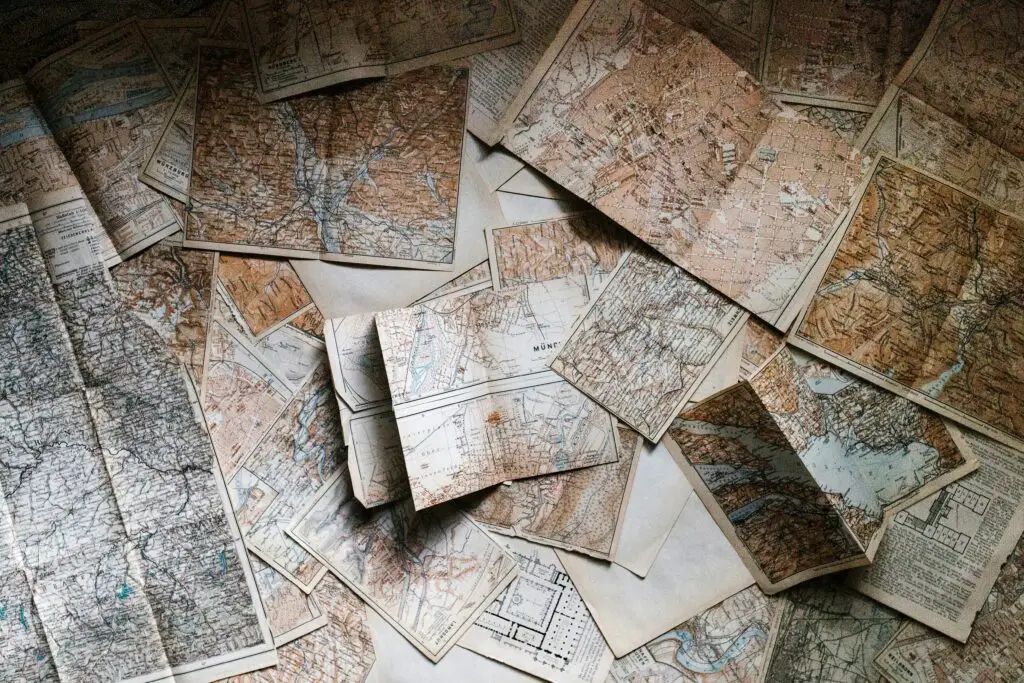
Before smartphones and GPS, getting lost was an adventure in itself. In the ’80s, traveling meant having a giant paper map in your car that you unfolded as if you were trying to solve a puzzle. If you had to stop for directions, you’d need to ask a local, hoping they’d know the best route says Worldcrunch.
And, of course, paper maps weren’t always the most reliable, especially when they were outdated or difficult to read. When you didn’t have your phone’s GPS to guide you step-by-step, getting lost was just a part of the journey. Kids today wouldn’t know what to do without turn-by-turn directions.
5. No Streaming—Video Rentals Only

In the ’80s, if you wanted to watch a movie, it meant heading to a local video store, hoping that the movie you wanted was actually available. You had to endure the suspense of whether the store was out of copies. If it was, your only option was to either rent something you weren’t interested in or leave empty-handed.
And don’t even get me started on late fees. If you forgot to return the video on time, you were hit with a hefty fee that made you regret renting in the first place. Kids today are spoiled with instant streaming at the click of a button, while ’80s kids had to plan ahead for their movie nights.
6. No Wi-Fi—Dial-Up Internet

The concept of Wi-Fi was a far-off dream in the ’80s. If you were lucky enough to have the internet, it was through dial-up, which meant tying up the phone line for hours just to connect. Once you were online, forget about watching videos or streaming music—the connection was slow, and it was more about checking email than anything else.
And then, when you finally connected, there was the famous sound of the dial-up tone, which felt like a victory at the time. If you were on the internet and someone picked up the phone, your connection was gone. It was a constant juggling act that today’s kids would probably struggle to understand.
7. No Cell Phones—Just Payphones

The idea of leaving your house without a cell phone is unimaginable to kids today, but in the ’80s, payphones were your lifeline. If you needed to call someone, you had to find a phone booth and hope you had enough change to make the call. And if you didn’t, you were stuck, hoping someone would give you a quarter.
There were no texting or calling your parents to check in; if you needed to reach someone, it was a long, drawn-out process. Also, the quality of those payphone calls wasn’t the greatest, with bad connections and static making the conversation harder than it needed to be. It was a different world, and kids today would be lost without their constant access to communication.
8. No Selfies—Disposable Cameras
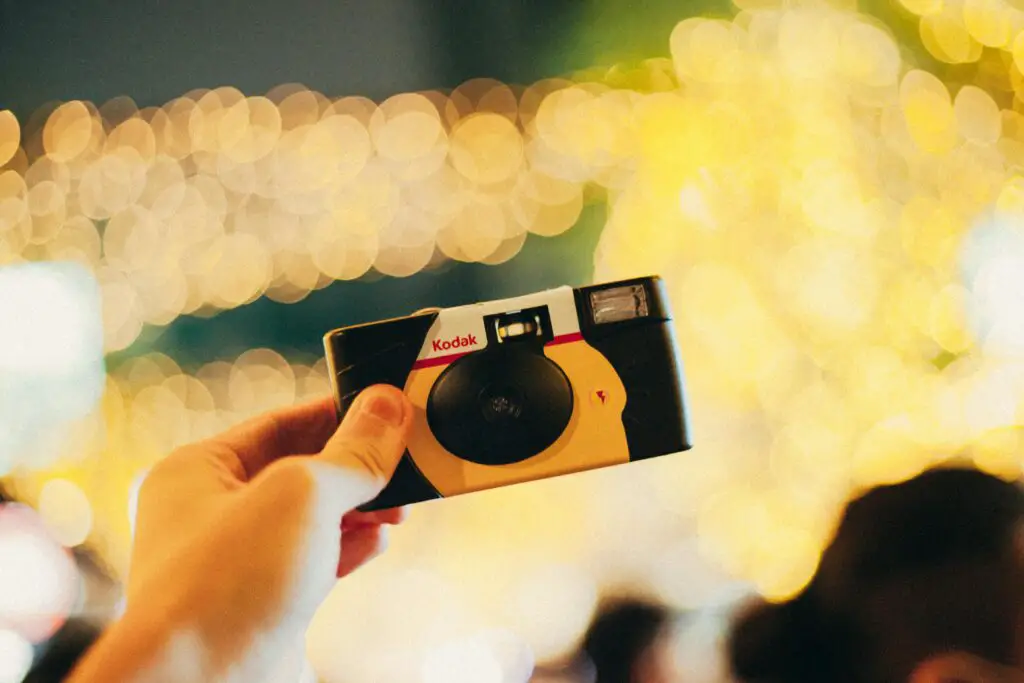
Before iPhones, taking pictures meant using a disposable camera that you could only hope turned out okay. You’d take your photos, waiting days or weeks to develop the film, unsure of whether you captured the moment just right. And forget about instant gratification—there was no previewing photos before you left the store.
Plus, taking pictures wasn’t as simple as today’s selfie culture. You had to actually get someone else to take your picture, and it wasn’t always easy to coordinate the shot. If a picture didn’t turn out, you didn’t get a second chance, leaving you with memories you could only hope to capture again.
9. No YouTube—VHS Tapes for Tutorials
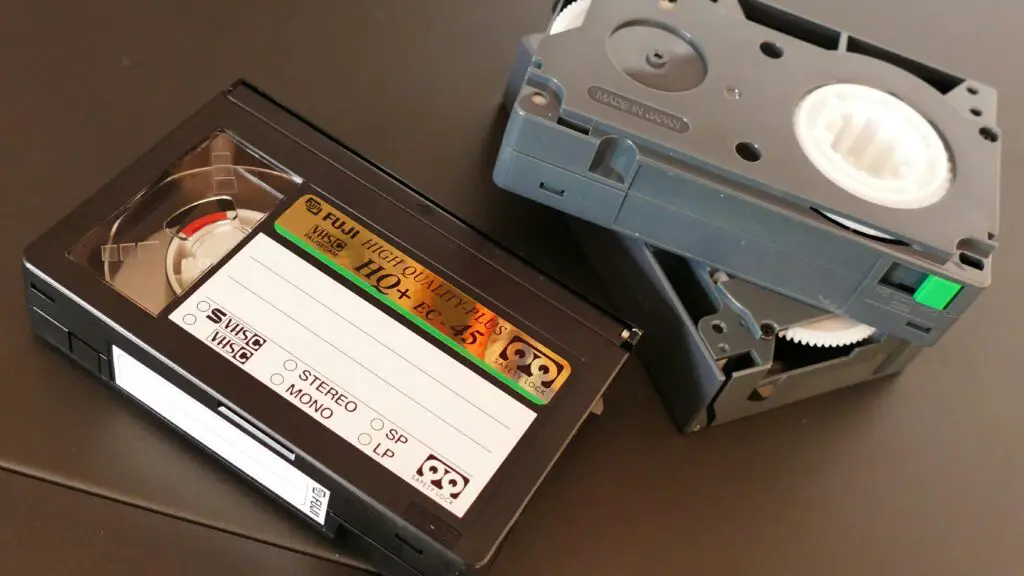
Want to learn something new in the ’80s? It wasn’t as simple as watching a YouTube video. If you needed a tutorial, you had to rely on VHS tapes, which weren’t always available for everything. You could find some educational videos, but often they were on topics you had no interest in.
It also meant that rewatching the tutorial was a pain—you had to rewind the tape every time. There was no fast-forwarding through the boring parts. Kids today have endless resources at their fingertips, but in the ’80s, learning something new often meant a lot more patience and persistence.
10. No Online Shopping—Mall Trips Only

For the ’80s kid, shopping meant going to the mall, hoping the stores carried what you wanted. There was no online shopping to compare prices or find the perfect fit. You had to physically go to different stores, and often that meant a lot of walking to find one item.
And forget about the convenience of returns. If you bought something you didn’t like, it was a hassle to go back to the store, deal with the crowds, and wait in line. Today, kids can browse for hours and get things delivered right to their door—something that would have been a dream back in the ’80s.
11. No Social Media—Just Face-to-Face

In the ’80s, friendships weren’t built online. You had to actually talk to people in person, face-to-face. While that seems normal now, imagine the shift from being able to connect with anyone around the world through social media to having to rely entirely on your physical social network.
There were no likes, followers, or status updates to show how popular you were. The only way to know what your friends were up to was by having a real conversation, either on the phone or in person. Kids today may struggle with the idea of not being able to constantly communicate through social media.
12. No Reality TV—Just Classic Game Shows
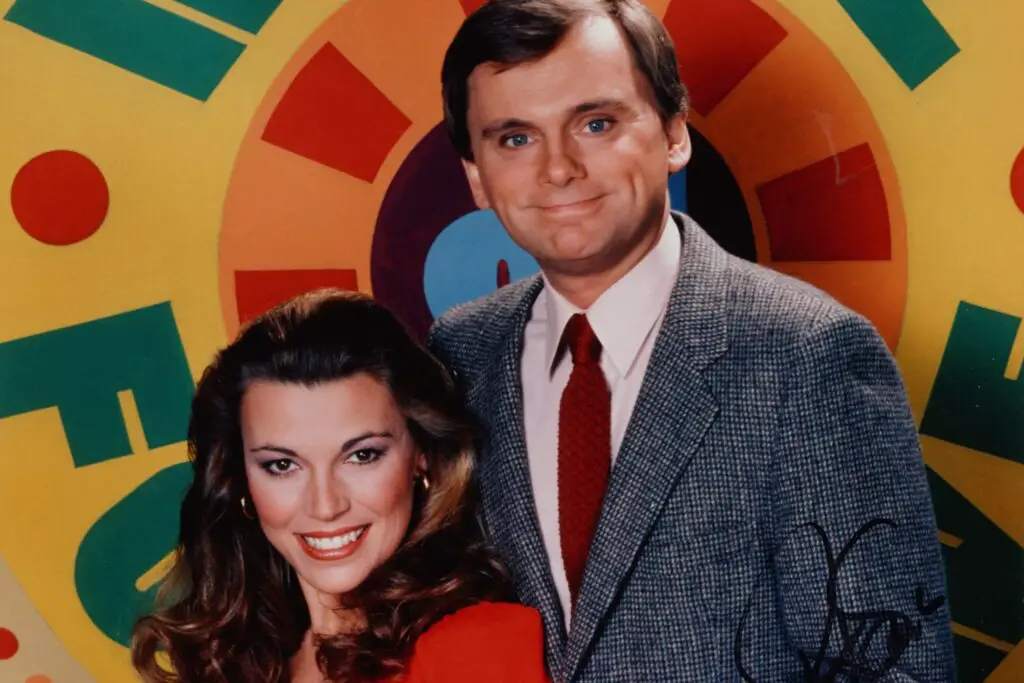
Reality TV didn’t exist in the ’80s, and entertainment came from sitcoms and game shows. The closest thing to reality was The Price Is Right, where regular people had a shot at winning big prizes. If you wanted drama or excitement, you had to watch scripted shows like Dallas or Dynasty.
Reality TV, with its endless series about people doing outrageous things, didn’t hit the scene until later. Today’s kids are so used to the drama of Keeping Up with the Kardashians or Survivor that they probably wouldn’t know how to sit through a calm, scripted game show without expecting some over-the-top drama.
13. No Streaming Music—FM Radio
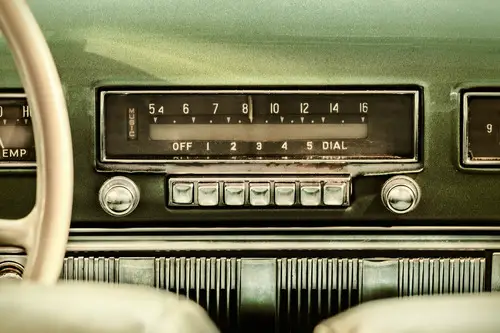
In the ’80s, if you wanted to listen to music, your best option was FM radio, where you had to tune in to the right station and hope they were playing what you liked. No skipping tracks or picking specific songs—you were at the mercy of the DJ’s playlist. And if you heard a song you liked, you’d record it on a cassette tape if you could.
The connection wasn’t always great, and you’d get static if you weren’t in the right area. Plus, there were constant interruptions with commercials. Today’s kids, with their music streaming apps, wouldn’t know how to handle the unpredictability of radio.
14. No Streaming TV—Just Cable
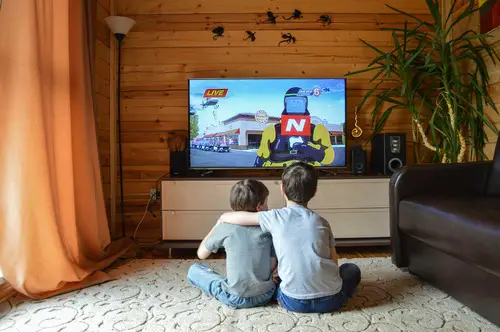
In the ’80s, watching TV wasn’t as easy as picking a show from a streaming service. If you wanted to watch something, you had to tune in to cable and hope your show was actually on at the time it was scheduled. There was no on-demand or binge-watching; you watched the episodes as they aired, and if you missed it, you were out of luck.
The “TV Guide” was your best friend to help you plan your week. Kids today can watch anything they want at any time, but back in the ’80s, planning your TV schedule was a real commitment.
15. No Instant Photos—Polaroids Only

Before smartphones, Polaroid cameras were the closest thing to instant photos. But those photos weren’t always perfect. You had to shake them out, waiting for the image to develop right in front of your eyes. It was magical at the time, but also a little nerve-wracking since you had no idea how the shot would turn out.
And with Polaroids, there were no edits or filters to make your picture look better. You got what you got. Today’s kids wouldn’t understand the patience it took to wait for those early instant photos, let alone the excitement of seeing it slowly come to life.
